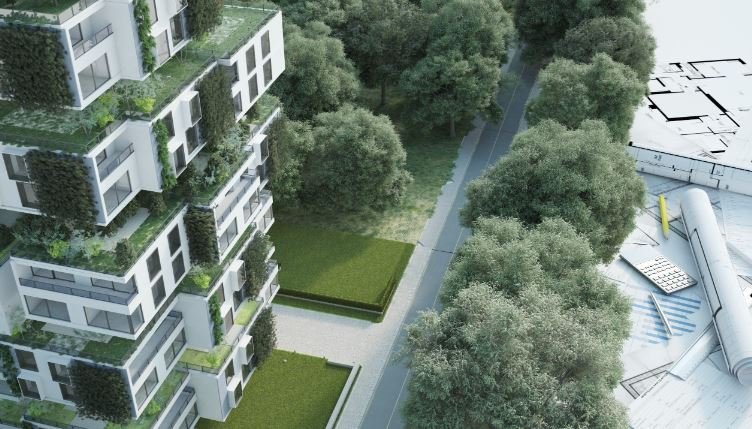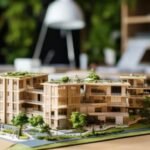Urban Planning and Architecture
Urban planning and architecture are integral disciplines that converge to design and shape the built environment of cities. This article explores the symbiotic relationship between these fields, highlighting their impact on sustainability, livability, and community development.

Sustainable Design in Urban Planning and Architecture
Sustainable design principles guide both urban planning and architecture towards minimizing environmental impact, promoting energy efficiency, and using resources responsibly. Concepts such as green buildings, renewable energy integration, and eco-friendly infrastructure are pivotal in creating resilient cities for the future.
Community Integration and Social Equity
Effective urban planning and architecture prioritize community needs and social equity. By designing inclusive spaces, fostering social interaction, and promoting accessibility, cities can enhance quality of life and create vibrant neighborhoods where people feel connected and empowered.
Innovative Urban Solutions and Smart Cities
The integration of technology and data-driven approaches in urban planning and architecture leads to the concept of smart cities. These cities utilize digital infrastructure to improve efficiency, manage resources, and enhance urban services, ultimately creating more responsive and sustainable urban environments.
Historical Perspectives: Evolution of Urban Planning and Architectural Styles
From ancient civilizations to modern metropolises, urban planning and architectural styles have evolved in response to cultural, social, and technological advancements. Understanding historical perspectives helps in contextualizing current urban challenges and exploring innovative solutions.
Case Studies: Successful Urban Planning and Architectural Projects
- High Line Park, New York City: Transforming an abandoned railway into a vibrant public space, blending nature with urban architecture.
- Masdar City, Abu Dhabi: A planned sustainable city integrating renewable energy and advanced technology to achieve carbon neutrality.
These case studies demonstrate how thoughtful urban planning and architectural design can rejuvenate urban spaces and promote sustainable living.
Challenges in Urban Planning and Architecture
Urban sprawl, infrastructure demands, socio-economic disparities, and environmental concerns pose challenges to urban planners and architects. Addressing these issues requires holistic approaches, interdisciplinary collaboration, and adaptive strategies.
The Role of Urban Planners and Architects
Urban planners and architects play crucial roles in envisioning, designing, and implementing urban projects. Their interdisciplinary collaboration ensures that urban spaces are functional, aesthetically pleasing, and responsive to the needs of diverse communities.
Cultural Influences on Urban Design
Culture influences architectural styles, urban layouts, and community identities. Incorporating cultural heritage and local context into urban planning and architecture preserves historical significance and enhances the sense of place within cities.
Future Trends: Towards Sustainable and Resilient Cities
Future trends in urban planning and architecture emphasize resilience, adaptability to climate change, and equitable development. Concepts like mixed-use developments, green infrastructure, and transit-oriented design are shaping the cities of tomorrow.
Urban Planning and Architecture in Developing Countries
In developing countries, urban planning and architecture are critical for managing rapid urbanization, improving infrastructure, and addressing socio-economic disparities. Sustainable development goals guide efforts towards creating inclusive and resilient cities.
Collaboration and Stakeholder Engagement
Successful urban projects require collaboration among stakeholders including government agencies, private developers, community groups, and residents. Engaging stakeholders fosters consensus-building, transparency, and accountability in urban development processes.
Conclusion: Shaping the Future of Cities
Urban planning and architecture are dynamic fields that shape the physical, social, and cultural landscapes of cities worldwide. By integrating sustainable practices, fostering community engagement, and embracing innovation, we can create cities that are resilient, livable, and inclusive for generations to come.



